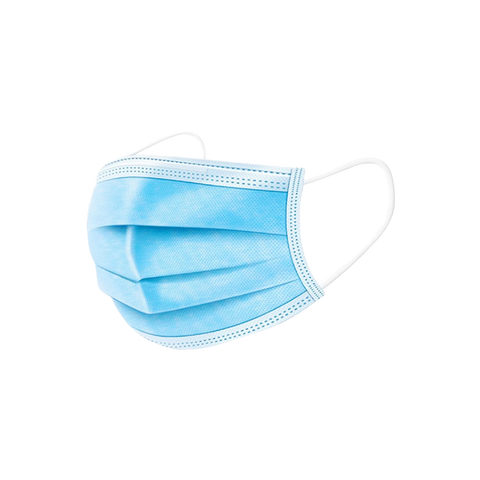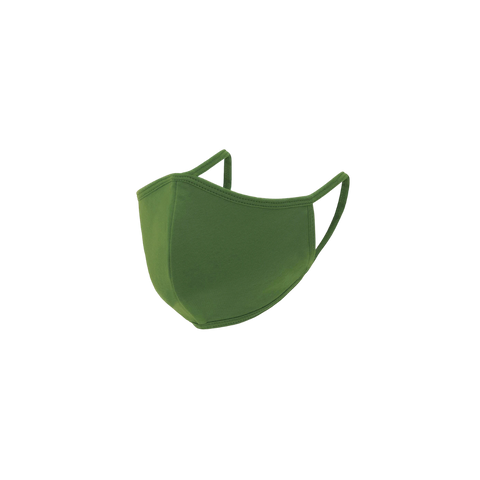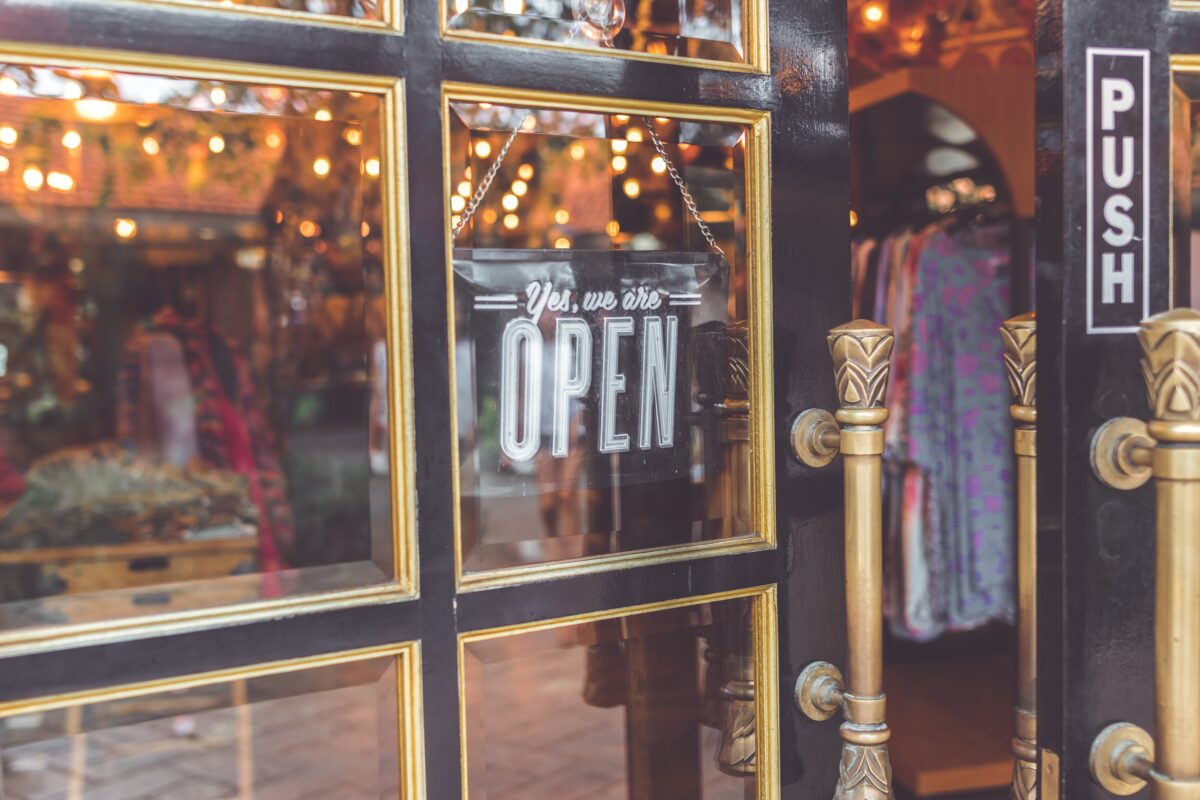Uncategorized
Quick PPE Guide For Small Businesses During COVID-19
Since COVID-19 spread across the globe, Personal Protective Equipment (also known as PPE) has been in high demand from medical professionals, organizations, businesses, and consumers alike.
While PPE was in short supply during the onset of the outbreak and its use was restricted to healthcare workers, it’s now essential that anyone in close contact with others wear PPE in order to stop the spread of the virus.
So what is PPE and what types of PPE are important for businesses and organizations reopening during COVID-19?
This article talks you through the following:
- What is PPE?
- Which types of PPE protect against COVID-19?
- Who needs PPE?
- Why is PPE important for COVID-19?
First, What is PPE?

Personal Protective Equipment protects both the wearer and those around them from the spread of many germs and infectious diseases.
PPE includes a variety of coverings or garments, including masks, gloves, respirators, fluid resistant gowns, goggles and face shields, protecting against health and safety risks.
Prior to COVID-19, OSHA (The Occupational Safety And Health Administration for the United States) required various types of PPE for each industry, depending on what risks were involved.
Nowadays, when people talk about needing PPE, it’s almost entirely related to COVID-19 and obtaining PPE that protects against viral transmission. OSHA also has guidance for how to safely return to work.
How PPE Works:
Personal Protective Equipment minimizes the spread of respiratory secretions, while effectively reducing direct transmission risk, along with overall environmental contamination.
Though PPE protects the wearer in environments in which free-flowing bodily fluids are present, it is important to note that wearing PPE does not remove the need to socially distance from others, adopt the no-touch technique, or employ other relevant precautions.
At the beginning of the coronavirus pandemic, the public were advised to cough or sneeze into their elbow, and face away from others if possible. The issue with this is that coughing or sneezing into your elbow does not contain all saliva droplets being exerted into the air.
Wearing PPE such as a respiratory face mask will effectively contain saliva and fluids exiting the mouth and nose.
So, what are the different types of PPE that protect against COVID-19?
Respirator Face Masks

The best mask to protect both you and the people around you is a mask that’s certified to have a Particle Filtration Efficiency (PFE) of > 95%. These are called “respirator face masks”.
These masks are designed specifically to filter out viruses that can be breathed in and are the highest performing masks against viruses that cause COVID-19.
Other masks (like surgical masks and cloth face coverings) may protect your respiratory droplets from spreading, but they’re not nearly as effective as masks with a particle filtration efficiency of greater than 95%.
A respirator face mask filters the air coming in and out of the mask, while sealing the face. It is currently the world’s most sought-after mask, as it protects both the wearer and others from airborne particles.
The respirator face mask reduces the wearer’s exposure to airborne particles like small particle aerosols as well as large droplets of bodily fluids. It filters tiny particles (.3 micron) >95%.
Respirators include ratings such as N95, KN95, FFP1, FFP2, and FFP3, depending on which country tests them.
- “N” is tested by the United States Government.
- “KN” is tested by the Chinese Government.
- “FFP” is tested by the European Union.
Along with proper ventilation, hygiene, and cleaning supplies, a respirator face mask is the single best investment to protect both employees and customers from the spread of COVID-19.
3-Ply Face Mask

The 3-ply face mask is often referred to as a medical or surgical mask.
Early studies are showing 3-ply masks provide some protection for those in contact with the wearer, but it does not protect the wearer from the respiratory emissions of others.
3-ply masks are designed to prevent the wearer from transmitting respiratory droplets, and they do this well. See the recent study from Duke University on the best masks to prevent respiratory droplet spread.
It’s unknown how well they protect the wearer from coronavirus, as they were designed to prevent the spread of germs from the wearer, not to protect the wearer.
These masks do not have a tight seal on the face and therefore are much less effective in protecting the wearer than a respirator face mask.
While these masks are less expensive than a respirator, they break more easily and do not provide a tight seal on the face, which increases the risks to the wearer.
If your goal is to protect your employees and customers, 3-ply masks are only effective if every person is wearing them at all times.
Fabric Masks are not PPE!

Fabric masks are not considered PPE and should only be used as a last resort.
While studies are few and far between, early reports are showing that fabric masks are the least effective in preventing the spread of COVID-19.
According to the Duke study, some neck gaiters can actually increase the spread of COVID-19.
While 2-ply and 3-ply cotton masks can help prevent respiratory droplet spread, they do not protect the wearer from contracting COVID-19.
The right PPE is essential for protecting both the wearer, and the people around them and fabric masks are not respiratory protective equipment.
Isolation Gown
Isolation medical gowns provide medical grade protection for both patients and medical staff. Isolation gowns provide two-way protection that prevent the wearer (likely medical personnel), from being infected or contaminated, while also preventing those around them from becoming infected.
They help to protect from hazardous fluids or materials that may come in contact with the body, for example in a doctor’s surgery or hospital.
These should be reserved for medical personnel or employees likely to come in direct contact with bodily fluids.
Isolation Coverall
Isolation coveralls are impermeable whole body garments. They provide protection for the wearer against hazardous materials. They are most commonly used in clinics, hospitals and laboratories for general isolation and body protection.
These should be reserved for medical personnel or employees likely to come in direct contact with bodily fluids.
Who Needs PPE?
PPE for Healthcare Personnel
First and foremost, healthcare and medical professionals require PPE. It is required to protect themselves, their patients, and others while providing medical care in surgeries, hospitals and clinics worldwide.
PPE for Businesses & Organisations
All businesses and organizations where employees are working indoors or within 6ft-10ft of others, should provide proper PPE to protect against the spread of COVID-19.
This includes:
- Restaurant and service industry
- Retail industry
- Office workers
- Production and manufacturing industry
- Construction industry
Why is PPE Important for COVID-19?
COVID-19 can be contained with proper use of PPE.
Until an effective vaccine becomes readily available worldwide, all human beings remain susceptible to the COVID-19 virus, and should protect themselves and others accordingly by wearing appropriate Personal Protective Equipment.
A recent study in China conducted by BMJ concluded that 420 high-risk medical professionals who were appropriately dressed in PPE, did not contract COVID-19, despite working in intensive care units in hospitals while being in close contact with COVID infected patients.
Proper use of personal protective equipment is more effective today than waiting for a global rollout of a vaccine for COVID-19.
Until a vaccine is developed, protecting ourselves and those around us is the way forward.
If you can’t stay home, wear personal protective equipment.
Cover photo by Artem Beliaikin from Pexels.

